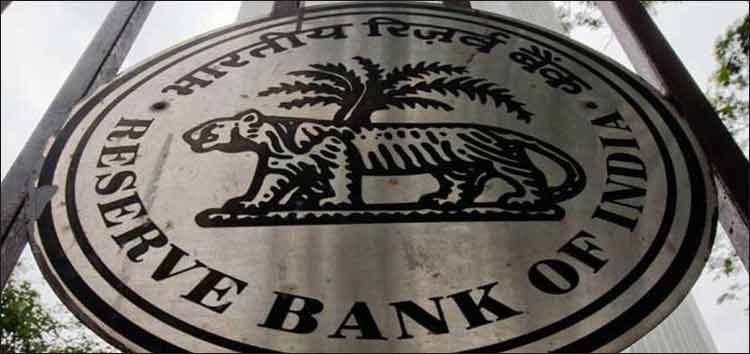The Monetary Policy Committee (MPC) constituted by the RBI will meet on April 05th and 06th to decide on the monetary policy stance going ahead. In the previous 2 monetary policy review of December and February, the RBI had opted to maintain status quo on rates. The question is whether the RBI may consider a rate cut of 25 basis points in its April policy. There are 7 key reasons why the RBI may choose to maintain status quo on rates in its April monetary policy review.
Why the RBI is unlikely to cut rates in its April 2017 policy…
- The MPC in its previous policy had clearly hinted at shifting the theme of the monetary policy from an “accommodative stance” to a “neutral stance”. That basically means that the RBI may look to adjust interest rates either ways depending on the situation. This shift was supported by the RBI Governor, Dr. Urjit Patel, who supported the idea of shifting the stance of monetary policy. A rate hike is highly unlikely just a couple of months after the shift in stance, especially considering that there have been no favourable shift in macros.
- Inflation is a key driver for the tone of the monetary policy. Retail inflation, as represented by CPI inflation, has moved up sharply in the last 2 months on the back of higher non-food inflation. The RBI also expects that the base effect could gradually diminish and that will make it increasingly difficult for the RBI to justify a rate cut at these levels.
- Upside risks to inflation still exist in the macroeconomic situation. Firstly, the reversal of the base effect could change the direction of inflation higher. Secondly, the El Nino effect is likely to result in 5% shortfall in rainfall. That means the Kharif crop could be lower than anticipated with direct implications for the level of inflation. Thirdly, oil prices could stabilize in the range of $55-60 during the year on the back of greater supply restrictions from the OPEC and friendly nations.
- Transmission of rate cuts since 2015 is currently more than 100%. That means the concern that the RBI had over the non-transmission of rate cuts is no longer valid. The demonetization resulted in banks getting flush with funds forcing them to cut their MCLR by 90-100 basis points to ensure that their credit off-take kept pace with the growth in their interest payout on deposits.
- In the first meeting of the MPC in October 2016, the 25 basis points cut in repo rate was justified on the grounds that IIP growth was faltering and needed to get a boost through lower interest rates. That argument does not really hold after the sharp cut in MCLR by banks in the aftermath of demonetization. Also in the last few months there has been no visible improvement in either the IIP or the GDP as a direct result of rate cuts. That could be one more reason why the argument that was valid in October 2016 may not be valid any longer.
- The global markets are gradually moving out of the zero-interest regime. The US has seen its inflation move closer to 2% and has been consistently hiking its Fed rates. Bank of Japan has set the 10-year G-Sec yield at above 0% despite interest rates being negative. UK may also be gradually moving towards hiking rates and the process could have started earlier, had it not been for BREXIT. With global monetary policy getting increasingly integrated, Indian would not like to follow a soft money policy at a time when markets the world over are either neutral or hawkish. That risks pushing India into monetary divergence with the global economies with the concomitant risk of higher volatility in Indian financial markets.
- Lastly, India needs to maintain its rate differential with other nations, especially the US. Indian bonds have already been under selling pressure between October and January this year due to consistent selling by FPIs who were looking at risk-off trades in matured markets where yields were on the way up. Narrowing yield differential between the Indian 10-year benchmark and the US benchmark could lead to a surge in FPI outflows. For an economy that still depends heavily on FPI inflows to bridge its Current Account Deficit, this may not exactly be a very palatable situation.
In a nutshell, the RBI may choose to once again maintain status quo on repo rates. Indian markets and traders need to reconcile themselves to the fact that the consistently downward direction of rates in India may be a thing of history. With the world moving towards higher interest rates, India will have to move with the tide. Most likely, the RBI will maintain status quo on rates in its April policy and ensure that liquidity support to the market is maintained.
